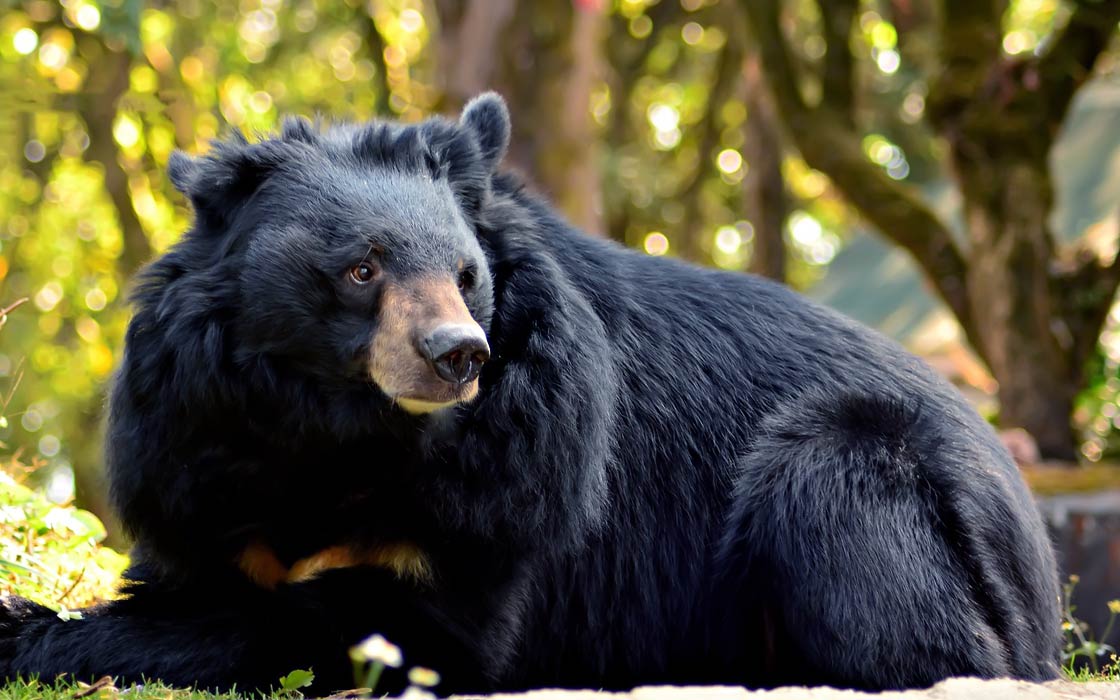Many zoos feature common zoo animals like giraffes, elephants, or hippos, while some might feature unusual animals such as okapis, armadillos, and tapirs. Still, there are many animals, both common and unusual, that are well-known but are extremely rare in US zoos, and it can be appealing to see many of them. Here are some extremely rare animals in US zoos, and note that I’m only covering zoos accredited by the Association of Zoos & Aquariums (AZA). This is the second installment of my first article. Read the first one here.
Aardwolf: The aardwolf is a species of hyena that’s native to East and South Africa. They are mainly nocturnal animals, which have a long tongue like an aardvark, yellowish fur, and black stripes like a zebra, along with a bushy tail. Unlike their carnivorous cousins, they mostly feed on termites, much like aardvarks. In fact, a single aardwolf can consume up to 200,000 termites in one night. Here in the US, the only place that houses them is the Cincinnati Zoo in Ohio.

Shoebill: The shoebill is a species of bird that lives in the swamps of Africa. They get their name from their beak, which is shaped like a shoe. In fact, it’s the shape of their beak that also gives them their other name, the whale-headed stork. Although the birds are often referred to as “shoebill storks,” shoebills aren’t related to storks. They are more closely related to pelicans, ibises, and herons, and scientists have found that the hamerkop is the closest living relative to the shoebill. These birds also have a clattering call that sounds like a machine gun. Here in the US, you can find them at the Dallas World Aquarium in Texas and at ZooTampa in Florida, which has had some breeding successes with them in the past. (Note: I once thought that the San Diego Zoo Safari Park had shoebills, but it turns out, they don’t.)

Sulawesi Bear Cuscus: The Sulawesi bear cuscus is a species of cuscus that’s native to Southeast Asia. It’s an arboreal marsupial that’s related to possums and gets its name from its woolly fur, like a bear. It mainly lives in the rainforests of Sulawesi and plenty of other islands in Indonesia, and mainly eats leaves along with flowers and buds. The only place in the US where you can see this animal is at the Memphis Zoo in Tennessee. They have the only individual, named Shemp, kept in captivity.

Long-Tailed Macaque: The long-tailed macaque is a species of macaque. It is one of the few species of non-human primates that can swim and it lives in groups called troops. These monkeys mainly eat fruit, but they may also dive into rivers to hunt crabs, hence their other name, the “crab-eating macaque.” They mainly live in the forests and rivers of Southeast Asia, but they also live alongside people in Thailand, Malaysia, and other parts of this region. This can often lead to human-wildlife conflict because people might consider them as pests. The only AZA facility that houses these animals is the Indianapolis Zoo in Indiana.

Asiatic Black Bear: The Asiatic black bear, known to many as the Asian black bear, is a species of bear that’s smaller than its cousin, the American black bear. It’s also called the moon bear because of the crescent-shaped marking on its chest. Just like the brown bear, which has many subspecies, the Asian black bear also has them, like the Formosan black bear. This species of bear is endangered due to habitat loss and the growing demand for bear parts. Here in the US, you can find these animals at the Roger Williams Park Zoo in Rhode Island and Virginia Zoo in Virginia. (Note: The Cheyenne Mountain Zoo's Asian black bear, Beezler, passed away on June 30, 2025. Her former exhibit is now home to an okapi.)

Sources
- https://cincinnatizoo.org/animals-archive/aardwolf/
- https://www.rainforest-alliance.org/species/sulawesi-bear-cuscus/
- https://virginiazoo.org/animal/asiatic-black-bear/
- https://www.cmzoo.org/news/archive/cheyenne-mountain-zoo-shares-a-heartfelt-goodbye-to-beezler/
- RAREST American Zoo Animals I've seen & Where I Found Them [PART ONE] by Zoo Tours
- RAREST American Zoo Animals I've seen & Where I Found Them [PART TWO] by Zoo Tours